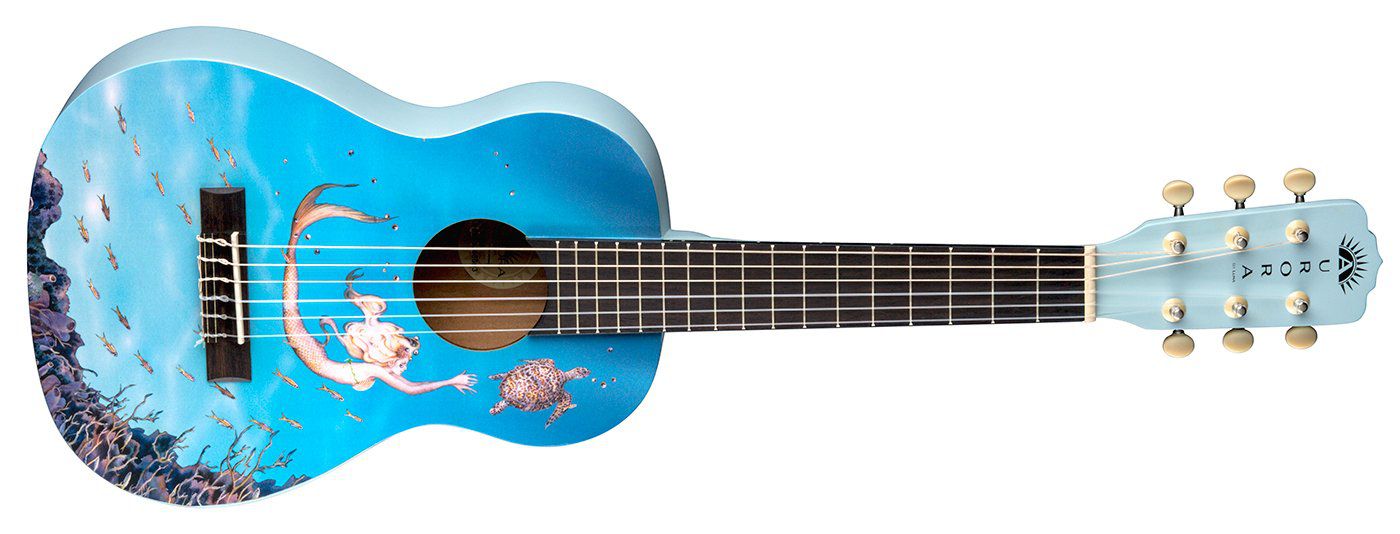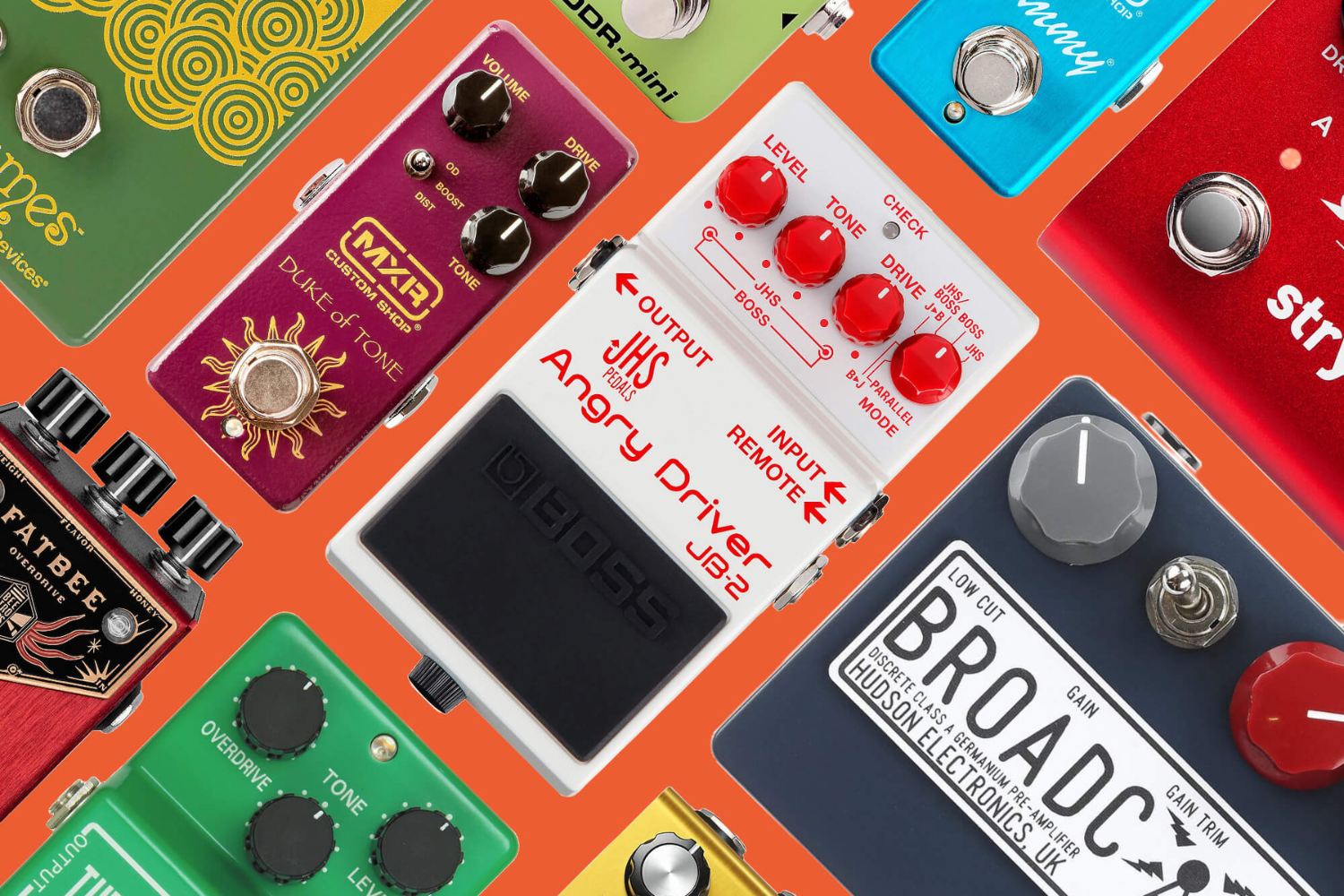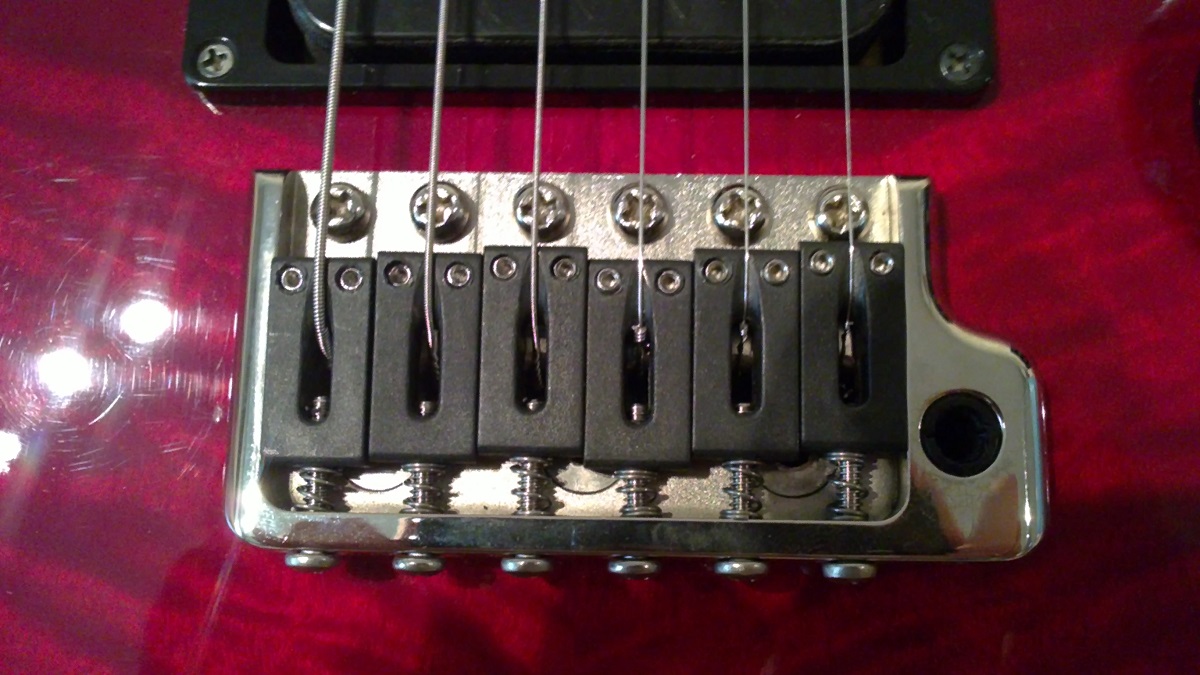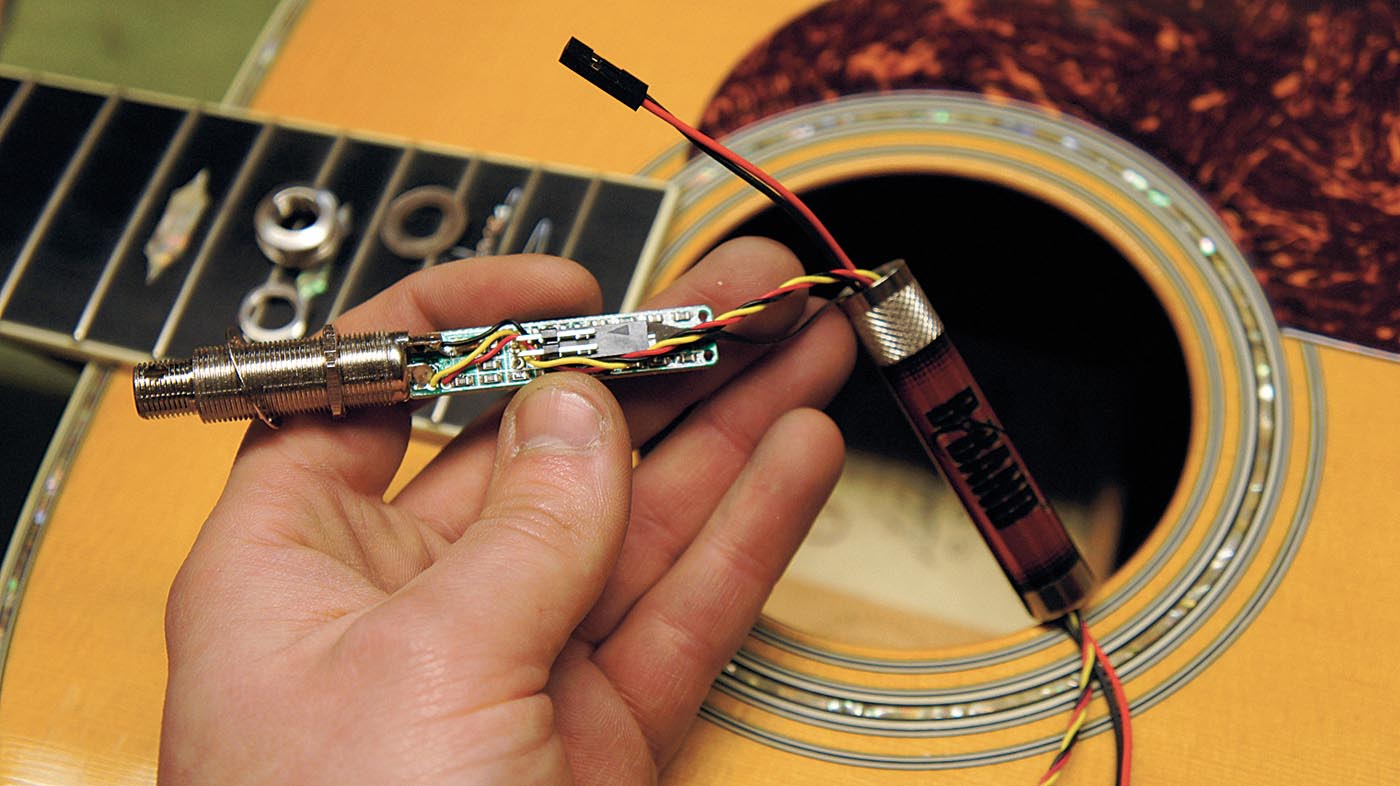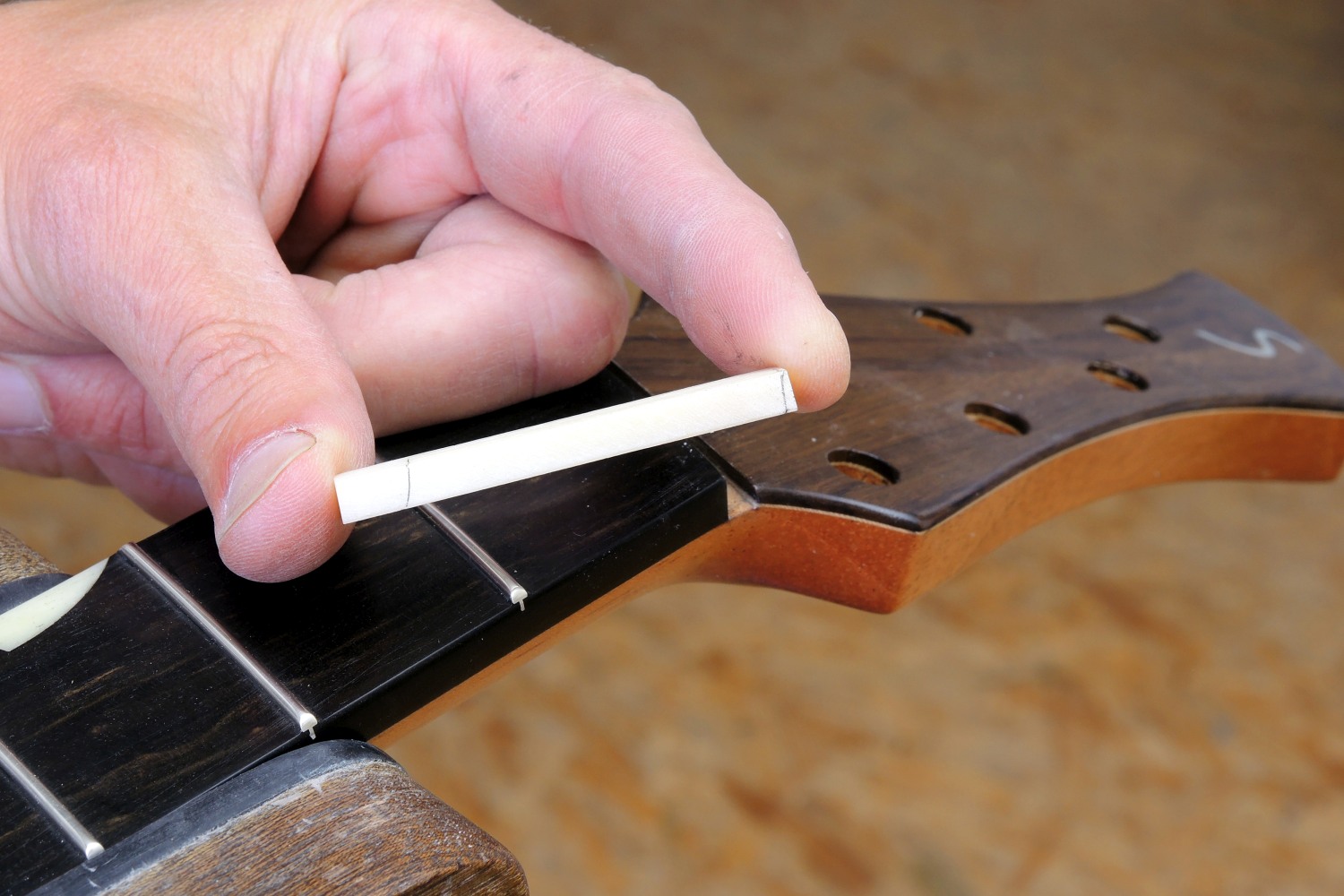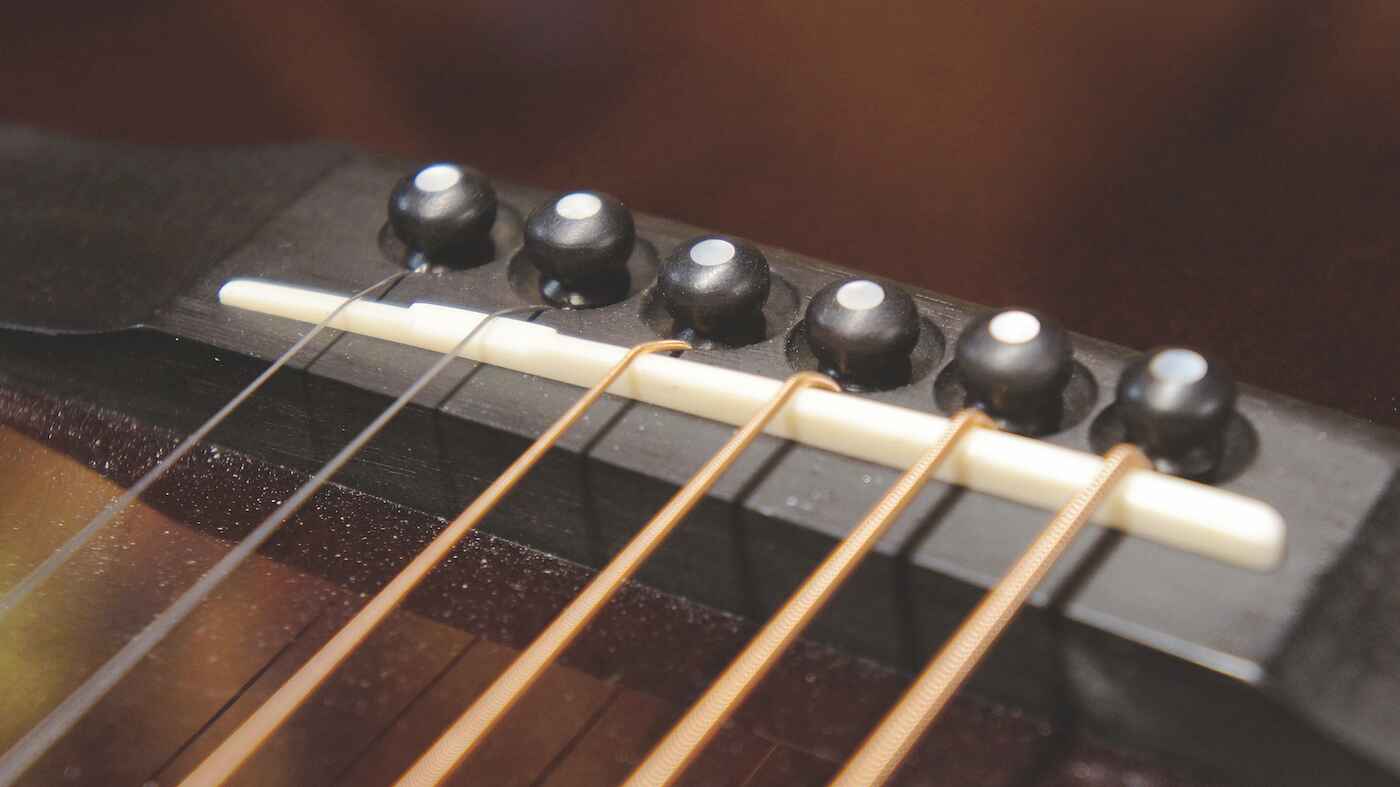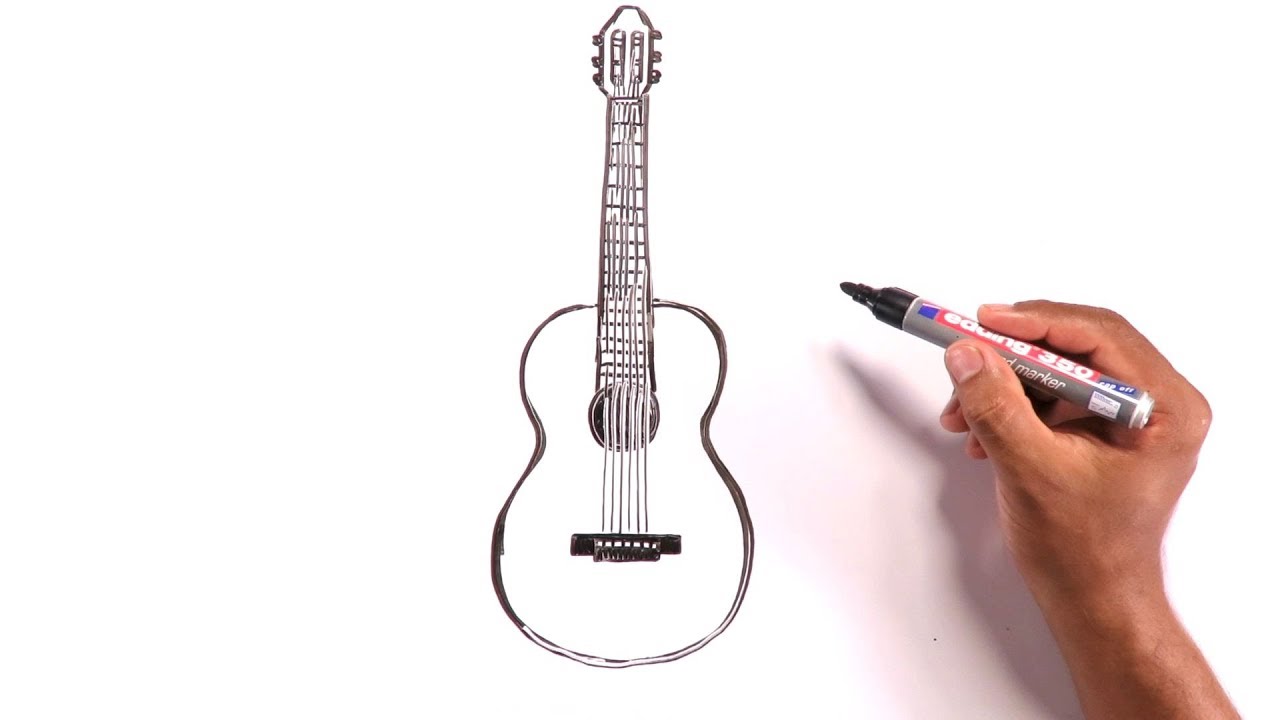Introduction
An acoustic guitar is a versatile and popular musical instrument that has been around for centuries. It is loved by musicians and enthusiasts alike for its rich, warm sound and its ability to be played in a variety of musical genres. Whether you are a seasoned guitarist or a beginner, understanding the dimensions of an adult acoustic guitar is essential for finding the right instrument that suits your playing style and preferences.
When it comes to acoustic guitars, there are several key dimensions that contribute to the overall sound and feel of the instrument. These dimensions include the overall length, body length, upper bout width, waist width, lower bout width, body depth, and scale length. Each of these dimensions is carefully designed to create the unique resonance and playability of the guitar.
In this article, we will delve into the various dimensions of an adult acoustic guitar and discuss their significance in relation to the instrument’s sound, comfort, and overall performance. Whether you are considering purchasing a new acoustic guitar or simply want to expand your knowledge, this guide will provide you with the essential information to make an informed decision.
Before we dive into the specifics, it’s important to note that these dimensions can vary slightly depending on the guitar brand, model, and style. However, the following guidelines will give you a general understanding of what to expect when evaluating an adult acoustic guitar.
Body
Now let’s explore each dimension of an adult acoustic guitar in more detail:
1. Overall Length: The overall length of a guitar is measured from the top of the headstock to the bottom of the body. This dimension typically ranges from around 39 inches to 42 inches. A longer overall length often results in a deeper body, which can contribute to a richer and more resonant tone.
2. Body Length: The body length refers to the length of the guitar’s soundboard, also known as the top. It is measured from the top of the soundhole to the bottom of the guitar’s body. Generally, the body length ranges from 18 inches to 20 inches. A larger body length can provide more surface area for the soundboard to vibrate, resulting in a louder and more projecting sound.
3. Upper Bout Width: The upper bout width refers to the width of the guitar’s upper bout, which is the curved portion of the body below the guitar’s neck. It is measured at the widest point of the upper bout and typically ranges from 10.5 inches to 12 inches. The width of the upper bout affects the overall balance and playability of the guitar.
4. Waist Width: The waist width refers to the narrowest part of the guitar’s body. It is measured at the waist, which is located between the upper and lower bouts. The waist width generally ranges from 8.5 inches to 9.5 inches. A narrower waist width allows for a more comfortable playing experience, especially for guitarists with smaller hands.
5. Lower Bout Width: The lower bout width is the width of the guitar’s lower bout, which is the wider section of the body below the waist. It is measured at the widest point of the lower bout and typically ranges from 14 inches to 16 inches. The wide lower bout can contribute to a fuller and more boomy sound.
6. Body Depth: The body depth refers to the thickness of the guitar’s body from the back to the soundboard. It is measured at the deepest point of the guitar’s body. The body depth can vary depending on the guitar model, but it generally ranges from 3.5 inches to 5 inches. A deeper body depth can enhance the bass response and overall volume of the guitar.
7. Scale Length: The scale length of a guitar is the distance between the nut and the saddle, which is the part of the guitar that holds the strings in place at the bridge. It is typically measured from the edge of the nut to the center of the 12th fret, and then doubled. Scale lengths can vary, but they commonly range from 24.75 inches to 25.5 inches. The scale length affects the tension and feel of the strings, as well as the overall playability of the instrument.
Understanding these dimensions is crucial when choosing an adult acoustic guitar that fits your preferences and playing style. Keep in mind that personal comfort and sound preference play a significant role in selecting the right instrument. Experimenting with different dimensions can help you find the perfect guitar that resonates with you.
Overall Length
The overall length of an adult acoustic guitar refers to the measurement from the top of the headstock to the bottom of the guitar’s body. This dimension is important as it gives you an idea of how big or small the guitar is, and it can impact the overall sound and playability of the instrument.
Typically, the overall length of an adult acoustic guitar ranges from around 39 inches to 42 inches. Generally, the longer the overall length, the deeper the body of the guitar, which can result in a richer and more resonant tone. However, it’s important to note that the length alone does not dictate the quality of sound or the playability of the instrument; other factors such as body shape, materials, and craftsmanship also contribute.
When considering the overall length, it’s important to take your own physical characteristics into account. If you have a smaller body frame or shorter arms, a guitar with a shorter overall length may be more comfortable for you to play. On the other hand, if you have a larger body frame or longer arms, a guitar with a longer overall length may suit you better.
It’s also worth noting that the overall length can vary depending on the type of acoustic guitar. For example, a smaller-bodied guitar like a parlor or travel-sized guitar may have a shorter overall length compared to a dreadnought or jumbo-sized guitar.
Ultimately, the overall length is just one factor to consider when choosing an adult acoustic guitar. It’s important to try out different guitars, feel their playability, and listen to their sound to find the one that resonates with you and meets your specific needs and preferences. The overall length is just one dimension among many that contribute to the unique characteristics of each guitar.
Overall, the overall length of an adult acoustic guitar is an essential dimension to consider when selecting an instrument. By understanding the impact it can have on the sound and playability, you can make a more informed decision and find the perfect guitar to suit your playing style and preferences.
Body Length
The body length of an adult acoustic guitar refers to the measurement from the top of the soundhole to the bottom of the guitar’s body. This dimension plays a crucial role in determining the overall resonance, volume, and projection of the instrument.
The body length of adult acoustic guitars typically ranges from about 18 inches to 20 inches. A larger body length provides more surface area for the soundboard, or top, to vibrate. As a result, guitars with longer body lengths often produce a louder and more projecting sound.
However, it’s important to note that body length is just one of many factors that contribute to the overall sound of an acoustic guitar. Different body shapes, construction materials, and bracing patterns also play significant roles in the instrument’s sonic characteristics.
When choosing an acoustic guitar based on body length, it’s essential to consider your playing style and musical preferences. If you play in a larger performance venue or with a band, a guitar with a longer body length can help your sound cut through the mix and reach the audience. On the other hand, if you primarily play at home or in smaller settings, a guitar with a shorter body length may still provide you with the desired volume and tone.
Another aspect to consider is your personal comfort. Smaller body lengths can be more ergonomic and easier to handle, especially for players with smaller hands or those who prefer a more compact instrument. Conversely, players with larger hands or those who want a fuller sound may find guitars with longer body lengths more suitable.
It’s worth mentioning that the body length can vary depending on the guitar’s style and shape. For instance, the traditional dreadnought shape tends to have a larger body length compared to smaller-bodied guitars like parlor or concert models.
Ultimately, the body length of an adult acoustic guitar is an important consideration when selecting an instrument that suits your playing style and preferences. By understanding its impact on sound projection and comfort, you can make an informed decision and find a guitar that matches your musical needs.
Upper Bout Width
The upper bout width of an adult acoustic guitar refers to the measurement of the widest point of the guitar’s upper bout. The upper bout is the curved portion of the guitar’s body below the neck. The width of the upper bout plays a significant role in the overall balance and playability of the instrument.
The upper bout width typically ranges from about 10.5 inches to 12 inches for adult acoustic guitars. A wider upper bout can provide a broader soundboard area, allowing for greater resonance and a more prominent bass response. Guitars with wider upper bouts may also have a slightly larger body size, resulting in a more robust and powerful sound.
However, it’s important to consider how the upper bout width aligns with your own physical characteristics. If you have smaller hands, a guitar with a narrower upper bout width may be more comfortable for fretting chords and playing intricate fingerstyle patterns. Conversely, if you have larger hands, a wider upper bout width may provide more room for your fingers to maneuver and increase your playing ease.
Additionally, the upper bout width can influence the overall balance of the guitar. A wider upper bout typically shifts the center of gravity towards the body’s lower end, potentially causing the guitar to lean forward. This forward shift can affect the instrument’s stability when playing in a seated position. Conversely, a narrower upper bout can result in a more balanced weight distribution, making it easier to hold the guitar in various playing positions.
When selecting an adult acoustic guitar based on the upper bout width, it’s crucial to try out different instruments and assess their playability. The right upper bout width for you will depend on your hand size, playing style, and personal preferences. Experimenting with different widths will help you find a guitar that feels comfortable and allows for effortless playing.
It’s worth noting that the upper bout width can vary depending on the guitar’s body style and shape. For example, guitars with more traditional dreadnought shapes tend to have wider upper bouts compared to smaller-bodied guitars such as concert or parlor models.
In summary, the upper bout width of an adult acoustic guitar is an important dimension to consider when choosing an instrument. By understanding its impact on sound, playability, and comfort, you can make an informed decision and find the perfect guitar that suits your needs and preferences.
Waist Width
The waist width of an adult acoustic guitar refers to the measurement of the narrowest part of the guitar’s body. It is located between the upper and lower bouts and plays a crucial role in the comfort and playability of the instrument.
For adult acoustic guitars, the waist width typically ranges from about 8.5 inches to 9.5 inches. A narrower waist width can provide a more comfortable playing experience, especially for guitarists with smaller hands. It allows for an easier reach to the fretboard, making chords and intricate fingerstyle playing more accessible.
On the other hand, a wider waist width may offer more space for your picking hand and forearm to rest comfortably on the guitar body. This can be beneficial for guitarists who prefer strumming or playing with a pick, as it provides stability and control during energetic performances.
When considering the waist width, it’s important to find a balance between comfort and sound projection. A narrower waist width may offer enhanced playability, but it could potentially sacrifice some bass response and overall volume. Conversely, a wider waist width may provide a fuller sound, but it could result in a less comfortable playing experience for some individuals.
It’s worth noting that the waist width, along with other body dimensions, can vary depending on the guitar’s style and shape. For example, guitars with a dreadnought body shape often have wider waist widths compared to smaller-bodied guitars like concert or parlor models.
Ultimately, the waist width of an adult acoustic guitar is a personal preference and should be chosen based on your playing style, hand size, and comfort. It’s recommended to try out different guitars and see how their waist width feels in your hands. By finding the right balance between comfort and sound, you can select an instrument that allows you to unleash your musical potential.
Lower Bout Width
The lower bout width of an adult acoustic guitar refers to the measurement of the widest point of the guitar’s lower bout. The lower bout is the wider section of the guitar’s body below the waist. The width of the lower bout plays a significant role in the overall tone, volume, and projection of the instrument.
For adult acoustic guitars, the lower bout width typically ranges from about 14 inches to 16 inches. A wider lower bout can result in a larger soundboard area, allowing for increased resonance and a fuller, more boomy sound. Guitars with wider lower bouts also tend to provide more volume and projection, making them ideal for players who perform in larger venues or with a band.
However, it’s important to consider your personal comfort and playing style when choosing a guitar based on the lower bout width. If you have smaller hands or prefer a more compact instrument, a guitar with a narrower lower bout may be more comfortable to play. On the other hand, if you have larger hands or desire a more robust sound, a wider lower bout may be a better fit for you.
It’s worth noting that the lower bout width can also impact the overall balance of the guitar. A wider lower bout can shift the guitar’s center of gravity towards the body’s lower end, potentially causing the instrument to rest at a slight angle. This may or may not affect your playing comfort, depending on your seated or standing position.
When selecting an adult acoustic guitar based on the lower bout width, it’s essential to consider your preferences for sound, comfort, and playing style. Guitarists who primarily strum or play with a pick may prefer a wider lower bout for enhanced projection and volume. On the other hand, fingerstyle players or those who prefer a more delicate sound may opt for a narrower lower bout.
The lower bout width can vary depending on the guitar’s body style and shape. For example, larger and more traditional body shapes like dreadnoughts tend to have wider lower bouts, while smaller-bodied guitars like concerts or parlor models may have narrower lower bouts.
In summary, the lower bout width of an adult acoustic guitar is a significant dimension to consider when selecting an instrument. By understanding its impact on tone, volume, and comfort, you can choose a guitar that suits your playing preferences and helps you to express your musicality effectively.
Body Depth
The body depth of an adult acoustic guitar refers to the measurement of the thickness or depth of the guitar’s body from the back to the soundboard. It is an essential dimension that influences both the tone and resonance of the instrument.
The body depth of adult acoustic guitars typically ranges from about 3.5 inches to 5 inches. A deeper body depth can contribute to a richer and more resonant tone, especially in the lower frequencies. Guitars with greater body depth often produce a louder and more robust sound, making them suitable for genres such as folk, bluegrass, or solo performances.
It’s important to note that body depth alone does not dictate the overall quality of sound. The overall construction, choice of tonewoods, and bracing pattern also play significant roles in shaping the instrument’s tonal characteristics.
When selecting a guitar based on body depth, it’s crucial to consider your musical preferences and playing style. If you’re mainly a strummer or require a powerful projection, a guitar with a deeper body depth may be ideal. On the other hand, fingerstyle players or those who prioritize comfort might prefer a shallower body depth, as it can offer a more manageable size and easier reach across the fretboard.
Additionally, body depth can affect the ergonomics and comfort of playing the guitar. A deeper body depth can provide a more substantial feel and resting place for the picking arm and hand. However, it’s important to consider your own physical attributes and playing preferences to ensure the guitar feels comfortable during extended playing sessions.
It’s worth noting that body depth can vary depending on the guitar’s body shape and style. Larger-bodied models like dreadnoughts or jumbos generally have greater body depth compared to smaller-bodied guitars like parlor or concert models.
Ultimately, the body depth of an adult acoustic guitar is an important consideration when selecting an instrument that suits your playing style and musical preferences. By understanding its impact on tone, volume, and comfort, you can choose a guitar that allows you to express your musicality confidently and effortlessly.
Scale Length
The scale length of an adult acoustic guitar refers to the distance between the nut, which is located at the top of the neck, and the saddle, where the strings are anchored at the guitar’s bridge. Scale length is a crucial dimension that affects the playability, feel, and overall tension of the strings.
The scale length of adult acoustic guitars typically ranges from about 24.75 inches to 25.5 inches. A longer scale length generally results in higher string tension and a tighter feel when playing. Guitars with longer scale lengths often offer increased tonal clarity and extended sustain, making them popular choices for players who prefer a more balanced sound and enhanced note definition.
On the other hand, guitars with shorter scale lengths tend to have lower string tension, which can make bending strings and playing complex chords easier. They are often favored by players who desire a more relaxed and slinky feel, as well as those with smaller hands or shorter fingers.
When choosing an acoustic guitar based on scale length, it’s essential to consider your playing style, technique, and physical characteristics. If you primarily play lead guitar or enjoy fast-paced playing with intricate fingerwork, a longer scale length may provide better control and precision. However, if you prioritize ease of playability or prefer a more laid-back playing style, a shorter scale length may be more suitable.
It’s worth noting that the scale length can also affect the overall resonance and tone of the guitar. Longer scale lengths often result in a brighter and more focused sound, while shorter scale lengths can produce a warmer, rounder tone with a slightly reduced top-end shimmer.
It’s important to keep in mind that scale length can vary depending on the guitar model and style. For example, guitars with a classical or flamenco body shape often have shorter scale lengths compared to steel-string acoustic guitars.
In summary, the scale length of an adult acoustic guitar is a critical dimension to consider when selecting an instrument. By understanding how it affects playability, tension, and tonal characteristics, you can make an informed decision and find a guitar that suits your musical preferences and unique playing style.
Conclusion
Understanding the dimensions of an adult acoustic guitar is essential for finding the perfect instrument that suits your playing style and preferences. Each dimension, from the overall length to the scale length, contributes to the instrument’s sound, comfort, and overall performance.
By considering the overall length, you can gauge the size and potential resonance of the guitar. The body length, upper bout width, waist width, lower bout width, body depth, and scale length all play a role in shaping the guitar’s tone, volume, and playability.
When selecting an adult acoustic guitar, it’s important to strike a balance between comfort, sound projection, and personal preferences. Fine-tuning the dimensions to match your physical attributes and musical style will help you find an instrument that allows you to express your creativity and achieve the desired tone.
Keep in mind that the dimensions can vary among different guitar brands, models, and styles. It’s always a good idea to try out various guitars and assess how they feel and sound in your hands. This hands-on approach will help you make an informed decision and choose a guitar that resonates with you on both a technical and emotional level.
Ultimately, no single dimension is more important than the others. Each contributes its own unique characteristics to the overall playability and sonic quality of the guitar. By understanding the dimensions and their implications, you can make an educated choice and find the adult acoustic guitar that becomes your perfect musical companion.









